Travelling isn’t just about moving from one destination to another. It can be about many things, such as meeting people, exploring cultures or developing new skills. Learning traditional dances allows you to do all of these three things at the same time. It’s a wonderful way to meet locals, get to know a country’s history and its customs. It’s also an opportunity to develop yourself, to work on your expressiveness, openness, and physical fitness. It sounds like there’s a lot to gain, right? Here’s a list of 7 fascinating dance styles coming from different areas around the globe. Learning them is a perfect reason to visit the countries of their origin.
-
Table of Contents
Tango, Argentina
This sensual dance style was born on the border of Argentina and Uruguay in the 1890s and since then has been stealing minds and hearts of people all over the world. There are a lot of variations coming from different parts of Argentina, as well as some that were developed in other countries that got inspired by its initial forms (there is, for instance, Finnish tango!). Argentine tango, one of the most popular styles, was created in Buenos Aires (Argentina) and Montevideo (Uruguay). It’s emotional, nostalgic and, as many people agree, addictive. The annual World Tango Festival held in Buenos Aires is a great chance to watch performances and practice your skills.
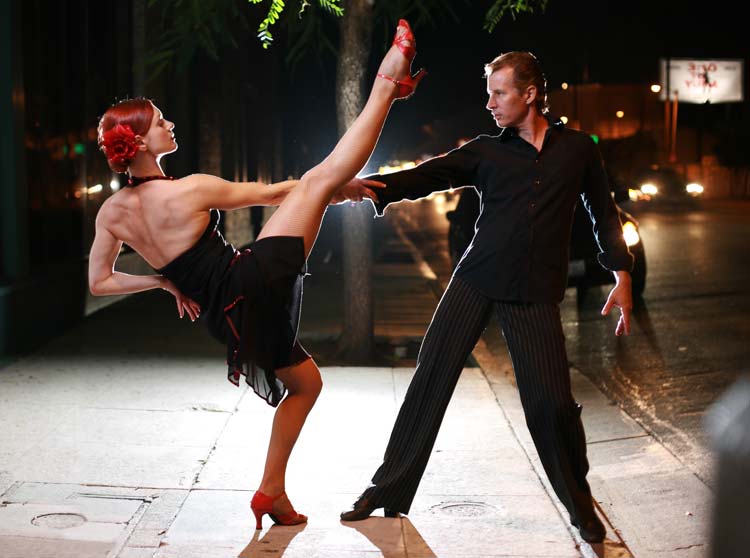
-
Hula, Hawaii
Created by Polynesians who settled in Hawaii, Hula appears to be a colorful and joyful dance, but it’s much more than that. Beautifully dressed, adorned with flowers, the dancers tell tales about the Hawaiian Islands and their traditions. Through their movements, they practice the art of story-telling. The dance style is accompanied by chanting and traditional instruments. Hula is a part of everyday life in Hawaii, but one of the best opportunities to experience its charm is the Merrie Monarch Festival. It takes place in Hilo, Hawaii and begins at the end of April.
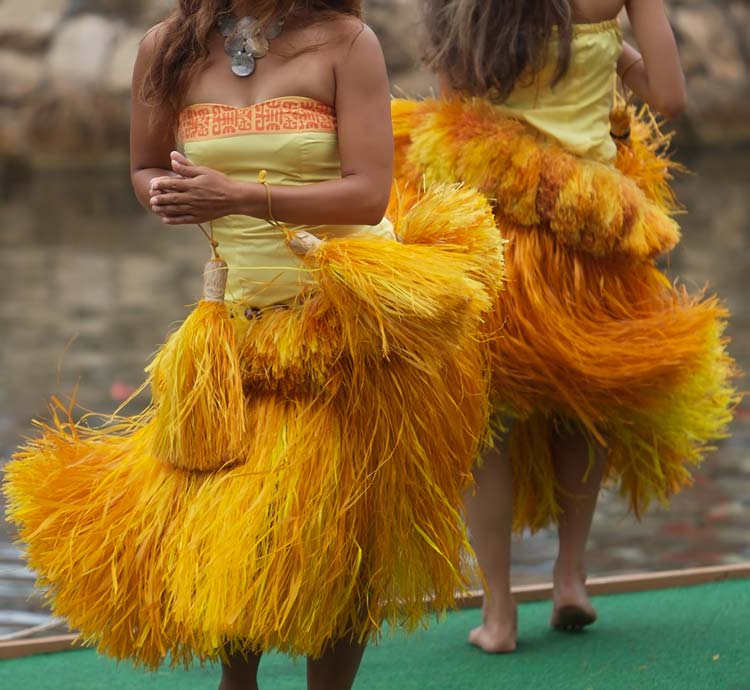
-
Capoeira, Brazil
Capoeira was developed when African slavery in Brazil begun, that’s why it’s said to be created out of Western African and Native Brazilian influences. Dance is only one out of many words that can be used to describe Capoeira. It’s also acrobatics, a martial art, and a game. Combining elements of different disciplines, Capoeira is by many considered to be fascinating. If it sounds interesting to you, look for classes in your own country or (even better) go to Brazil and learn in one of the numerous schools, such as the International School of Capoeira in Bahia. The Your Tours Brazil company organizes private lessons here.
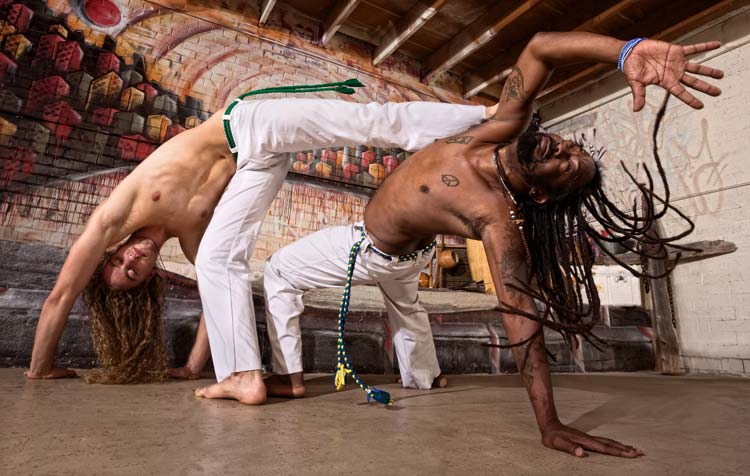 4. Salsa, Colombia
4. Salsa, Colombia
Sexy, joyful and energetic, salsa is known all around the world. Not only known, actually, but also loved – obsessively and intensely. The word salsa was first used in New York, but even though born in the United States, it was strongly influenced by Puerto Rican, Cuban and Colombian dance styles. Son, Cha Cha, Mambo and similar styles became popular in the U.S. because of Latin American communities and finally mixed with each other to create what is now called salsa. There are many places where you can learn how to dance it, but Colombia is one of the best destinations. Cali, a Colombian city, is considered to be the world capital of salsa. To dance on the streets and enjoy live music all night long, consider participating in the Feria de Cal, an enormous carnival-like party held annually in Cali.
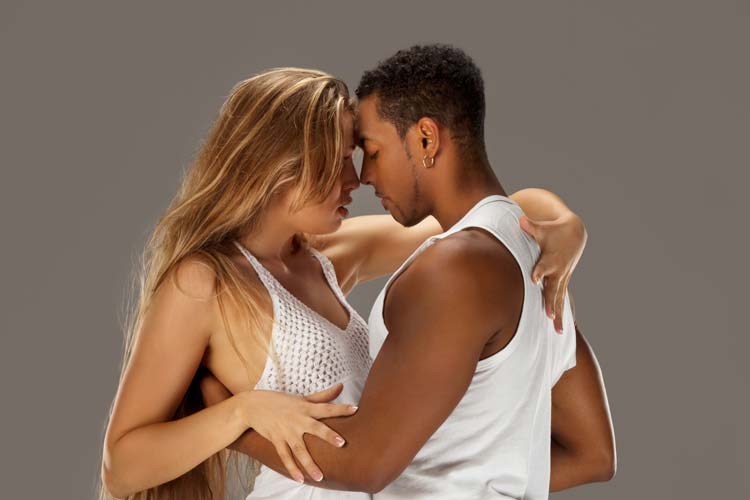
-
Flamenco, Spain
Flamenco is a dance style and a music genre coming from Andalusia, a sunny region in the south of Spain. El baile flamenco, the dance, is incredibly expressive, mostly due to the elaborate arm movements, rhythmic stepping and high emotional involvement of the dancers. It’s made to describe both the beauty of daily life and its struggles, in a dramatic and enchanting way. As if the techniques and feelings weren’t enough, flamenco is also known for beautiful costumes dancers usually wear. It’s very common in Spain; shows can be seen in different cities across the country. The best region to see it (and learn it) is the place of its origin, Andalusia. There are numerous festivals and performances held all the time, one of them being the Bienal de Flamenco Sevilla.
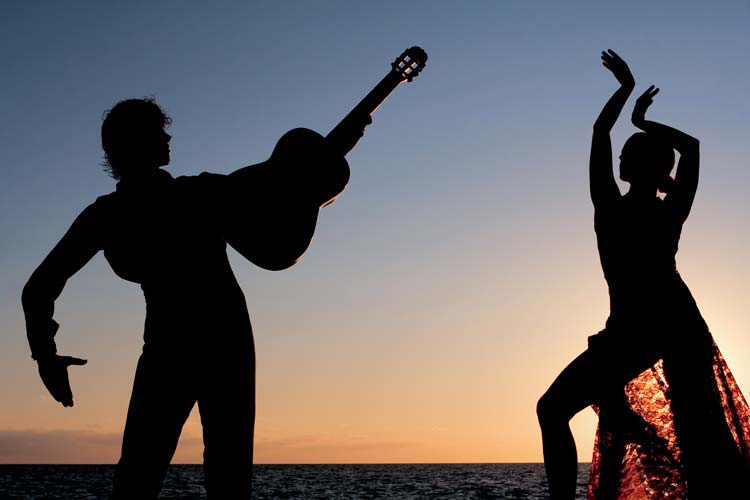
-
Lindy Hop, the United States
Lindy Hop is so much fun that once you get on the dance floor and start dancing, you’ll stay there until you’re close to losing your senses – and it’s going to take a while because the dance gives you so much energy you can get surprised with your abilities. It’s a jazz dance style, based mainly on such styles as Charleston, tap, Texas Tommy, and breakaway. Lindy Hop is a social dance, so its primary purpose is to share the joy with other dancers. There’s lots of improvisation included. It evolved in Harlem in the 1920s and 1930s to become a widely known style. Here you can find an extensive list of teachers, forums, schools, and communities all around the globe.
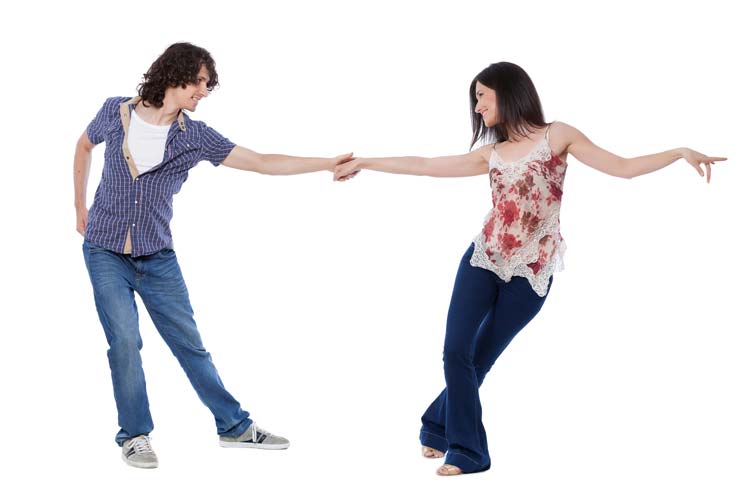
-
Irish step dance, Ireland
Looking at the Irish step dancers, you might start wondering whether they’ve got some special powers. There’s so much jumping it’s hard to believe one can endure it without having some supernatural skills. Nevertheless, it’s all about practice. Stepdance belongs to a group of traditional Irish dances. It’s a performance style, danced either solo or in groups. Dancers wear special shoes, out of some are soft and remind ballet shoes and others are hard and look like regular tap shoes. Like all of the dances on the list, Irish step also managed to gain lots of popularity abroad. Many of the professional dancers are neither Irish or living in Ireland, which means shows and lessons are taking place in many countries. Nevertheless, watching a performance is a great excuse to visit the beautiful green island. You can, for example, check the schedule of this famous group.
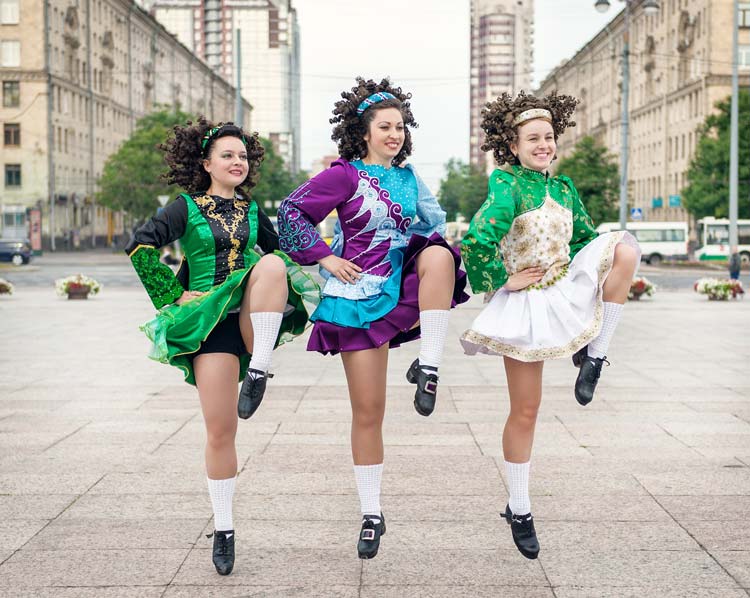
Would you like to learn one of these dances? Or perhaps you’ve already done it? Let us know. And don’t forget to share this article with your friends, maybe it’ll inspire them to move to the dance-floor right now!




